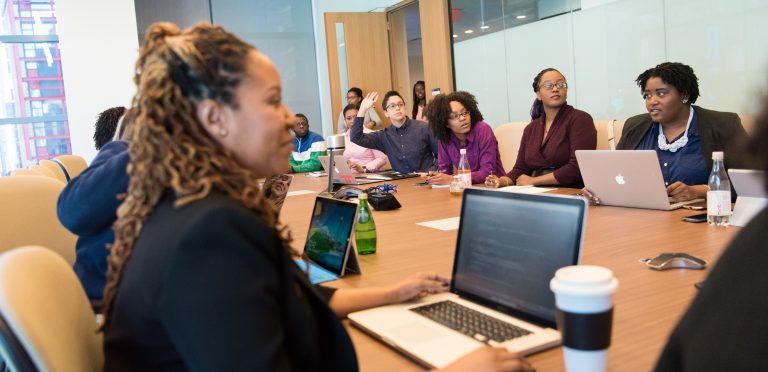FAQ Videos
Asking questions is part of the job description for customers and staff. Answering them is part of yours, but how do you do that and still get everything else done?
If there’s not an urgent question you need to answer, there are misconceptions or mistakes that could have been prevented if the right question had been asked.


Customers
Customers tend to have the same questions and you are repeating pat answers with minor variations over and over again.You end up sounding like a parrot and customers wonder if you are really listening to them. The same thing happens after they buy in a support context.
Packaging your responses up into FAQ videos in many cases will answer the customer’s question before you even see them, and if it is after sales support, can reduce the number of after hours calls you need to field.
Using a video, particularly for after-sales support, allows you to raise issues that customers may find insulting or intimidating – issues like “Is it plugged in and turned on?” – but because the video is not specifically directed to them, they don’t take it personally.
Staff
Staff generally do their work well, but when they:
- first start work
- move to new tasks or responsibilities
- perform infrequently used tasks
they ask the same questions a lot of times. Whether they don’t know the answer or have just forgotten it, it still takes up your time and theirs. Documents and charts are useful but there are so many skills and activities that are a lot easier to show than tell.
A video lets them see exactly how to complete these tasks. It also shows the context which gives additional information. For example, the instructions may say an indicator light comes on. A video shows exactly where that light is and what to expect.

Emergency Evacuation procedures are a classic example of something that is easy to show than tell. A video showing the route along the Evacuation path is much clearer than a description and/or map, but maps are still useful as they can be displayed on walls etc. Videos are very useful for training new staff in the evacuation process without having to wait for the next scheduled practice.
The Video
Videos are an easy way to get accurate information out quickly. More and more video has become the preferred communications medium, and when you connect with people using their preferences you are much more likely to communicate effectively.
Seeing a process demonstrated in a video rather than described in a document is a lot easier for people to understand, and is one of the drivers in the growth of YouTube. It reduces the ambiguity and makes it easier for customers or staff to get it right. This is one of many reasons that in 2019 people watched an average of 84 minutes of online video each day.

For complex processes, video is so much clearer that it is really the only option. However be aware that in some situations printed documents are a better option, so don’t assume video is always better. For example, a video showing how to setup and configure a piece of equipment is very useful, but the accompanying table of configuration settings and data is much better as a chart or paper document which can be left with the equipment as a reference.
Creating a video is so much easier today, particularly with the proliferation of cameras in mobile phones which can capture video at the “coal face”. Phone video is improving in quality, but more importantly the professional tools we have turn the phone quality video into an acceptable FAQ video. For internal use videos this could be as simple as minor adustments to the audio and picture quality, then adding titles and simple graphics. Our professional cameras will shoot the key sequences and any missing or supplementary video that is required.
For customer videos a higher standard is usually required so that the professionalism of your business is reinforced and the trust your customers have in you is further strengthened. Customers come from a wide variety of backgrounds and don’t have the same expertise as your staff. This means more information is required, and the explanation must be suitable for a wider audience. Customer focussed videos in particular benefit from a third party review to pick up the things which are obvious to your staff, but not to customers.
We help you in all those areas to create the videos best suited for your business. We talk with you and your experts to understand what it is you want people to know. We get to know your staff and clients who are the audience for these videos, and work out the best way to deliver the information from your experts to that audience so that it connects with them. And of course we make the whole process easy and simple as we take care of the specialist activities, turning your expertise into something that is easily shared with customers and staff alike.
The average person will spend 100 minutes each day watching online video in 2021, up from 84 minutes this year, according to Zenith’s Online Video Forecasts 2019* report, published today. That’s the equivalent of watching 25 continuous days of video in 2021.
The amount of time people spend viewing online video has grown rapidly across the world, at an average rate of 32% a year between 2013 and 2018, boosted by improvements in display sizes and quality of mobile devices, faster mobile data connections, and the spread of connected TV sets.
From Zenithmedia.com
Want to know more?
Leave us a message with a brief description of your FAQ’s and we will get back to you. The more of the enquiry form you fill out, the better we will be able to respond.
You can also phone or book an appointment to see us. Sometimes it is easier to discuss and clarify details directly with us .
Darbeth Business Tech and Communications
Suite 322 QB Centre, 53 Prospect Road, Gaythorne. Brisbane 4051